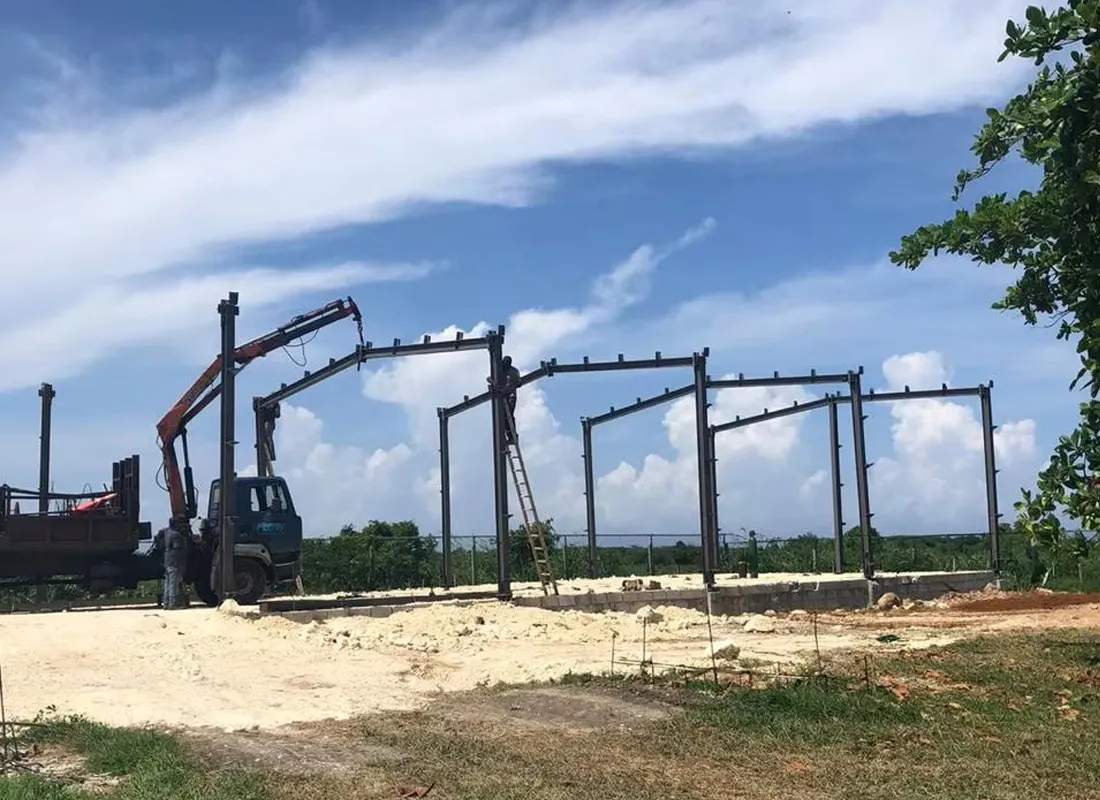- Afrikaans
- Albanian
- Amharic
- Arabic
- Armenian
- Azerbaijani
- Basque
- Belarusian
- Bengali
- Bosnian
- Bulgarian
- Catalan
- Cebuano
- Corsican
- Croatian
- Czech
- Danish
- Dutch
- English
- Esperanto
- Estonian
- Finnish
- French
- Frisian
- Galician
- Georgian
- German
- Greek
- Gujarati
- Haitian Creole
- hausa
- hawaiian
- Hebrew
- Hindi
- Miao
- Hungarian
- Icelandic
- igbo
- Indonesian
- irish
- Italian
- Japanese
- Javanese
- Kannada
- kazakh
- Khmer
- Rwandese
- Korean
- Kurdish
- Kyrgyz
- Lao
- Latin
- Latvian
- Lithuanian
- Luxembourgish
- Macedonian
- Malgashi
- Malay
- Malayalam
- Maltese
- Maori
- Marathi
- Mongolian
- Myanmar
- Nepali
- Norwegian
- Norwegian
- Occitan
- Pashto
- Persian
- Polish
- Portuguese
- Punjabi
- Romanian
- Russian
- Samoan
- Scottish Gaelic
- Serbian
- Sesotho
- Shona
- Sindhi
- Sinhala
- Slovak
- Slovenian
- Somali
- Spanish
- Sundanese
- Swahili
- Swedish
- Tagalog
- Tajik
- Tamil
- Tatar
- Telugu
- Thai
- Turkish
- Turkmen
- Ukrainian
- Urdu
- Uighur
- Uzbek
- Vietnamese
- Welsh
- Bantu
- Yiddish
- Yoruba
- Zulu
Dec . 05, 2024 14:39 Back to list
Designing Steel Shed Trusses An Overview
When it comes to the construction of steel sheds, the importance of truss design cannot be overstated. Trusses, which are structural frameworks composed of triangles, provide vital support and stability to buildings, allowing for large open spaces without the need for internal columns. The use of steel in the construction of trusses offers several advantages, including strength, durability, and resistance to environmental factors. This article explores the key considerations and best practices in steel shed truss design.
Understanding Trusses
A truss is typically formed by connecting several straight members in a triangular configuration. This geometric shape distributes forces effectively and minimizes bending. In steel shed construction, trusses are used to support roofs and facilitate the free span of the structure. Depending on the specific application and design requirements, various types of trusses can be used, including king post, queen post, attics, and bridge trusses.
Material Selection
Selecting the right type of steel is crucial for the overall performance of the truss structure. Common materials include hot-rolled steel sections, cold-formed steel, and hollow sections. The choice of material influences the strength, weight, and corrosion resistance, making it essential to assess the environmental conditions the shed will face. Galvanizing the steel or using weathering steel can enhance durability, especially in areas with high moisture or exposure to chemicals.
Load Considerations
When designing steel shed trusses, engineers must account for various loads that the structure will encounter. These loads can be classified into dead loads (permanent/static loads such as the weight of the roofing material), live loads (temporary/dynamic loads including equipment and personnel), wind loads, snow loads, and seismic loads. Accurate calculations ensure that the trusses can withstand these forces without compromising safety or structural integrity.
Span and Design Geometry
steel shed truss design

The span of a truss is the distance between the two support points. One of the key benefits of truss systems is that they allow for long spans without sagging or experiencing excessive deflection. Designers often employ various geometrical configurations based on the shed's intended use. For example, larger agricultural sheds may require longer spans to accommodate machinery, while smaller storage sheds may utilize shorter spans. The choice of truss geometry impacts both aesthetic appeal and functionality.
Construction Techniques
Precision in fabrication and erection is vital for the successful implementation of steel trusses. Advanced manufacturing techniques, such as computer numerical control (CNC) cutting, can improve accuracy and streamline the construction process. Modular construction methods are also gaining popularity, as they allow for prefabrication of truss sections off-site, which can then be transported and assembled on location, reducing construction time.
Connections and Joints
Connections play a crucial role in the performance of steel trusses. Various connection methods, such as welded, bolted, or riveted joints, are used depending on the design requirements and load conditions. It is essential to use appropriate fastening techniques to ensure that the individual members work together effectively, preventing potential failures at the joints.
Sustainability Considerations
With growing awareness of sustainable construction practices, designers are increasingly focusing on minimizing the environmental impact of steel shed trusses. This includes exploring options for recycling steel, reducing waste during the fabrication process, and employing energy-efficient design practices. The choice of materials and construction methods can contribute to a structure’s overall sustainability profile.
Conclusion
Steel shed truss design is a complex process that involves careful consideration of materials, loads, geometry, construction techniques, and sustainability practices. Each decision made during the design phase can significantly impact the structure's performance, longevity, and environmental footprint. By prioritizing these factors, engineers and architects can create robust, efficient, and sustainable steel shed trusses that meet the needs of their users while ensuring safety and reliability for years to come.
-
How Do Prefabricated Steel Structures Transform Modern Construction?
NewsJul.14,2025
-
How Do Prefabricated Metal Buildings Redefine Modern Construction?
NewsJul.14,2025
-
How Do Prefab Insulated Metal Buildings and Steel Structures Revolutionize Modern Construction?
NewsJul.14,2025
-
How Do Pre - Engineered Steel Structures Redefine Modern Construction?
NewsJul.14,2025
-
Advancing Modular Construction with Prefabricated Metal Structures
NewsJul.14,2025
-
Advancing Industrial Infrastructure with Prefabricated Steel Solutions
NewsJul.14,2025
Products categories
Our Latest News
We have a professional design team and an excellent production and construction team.












